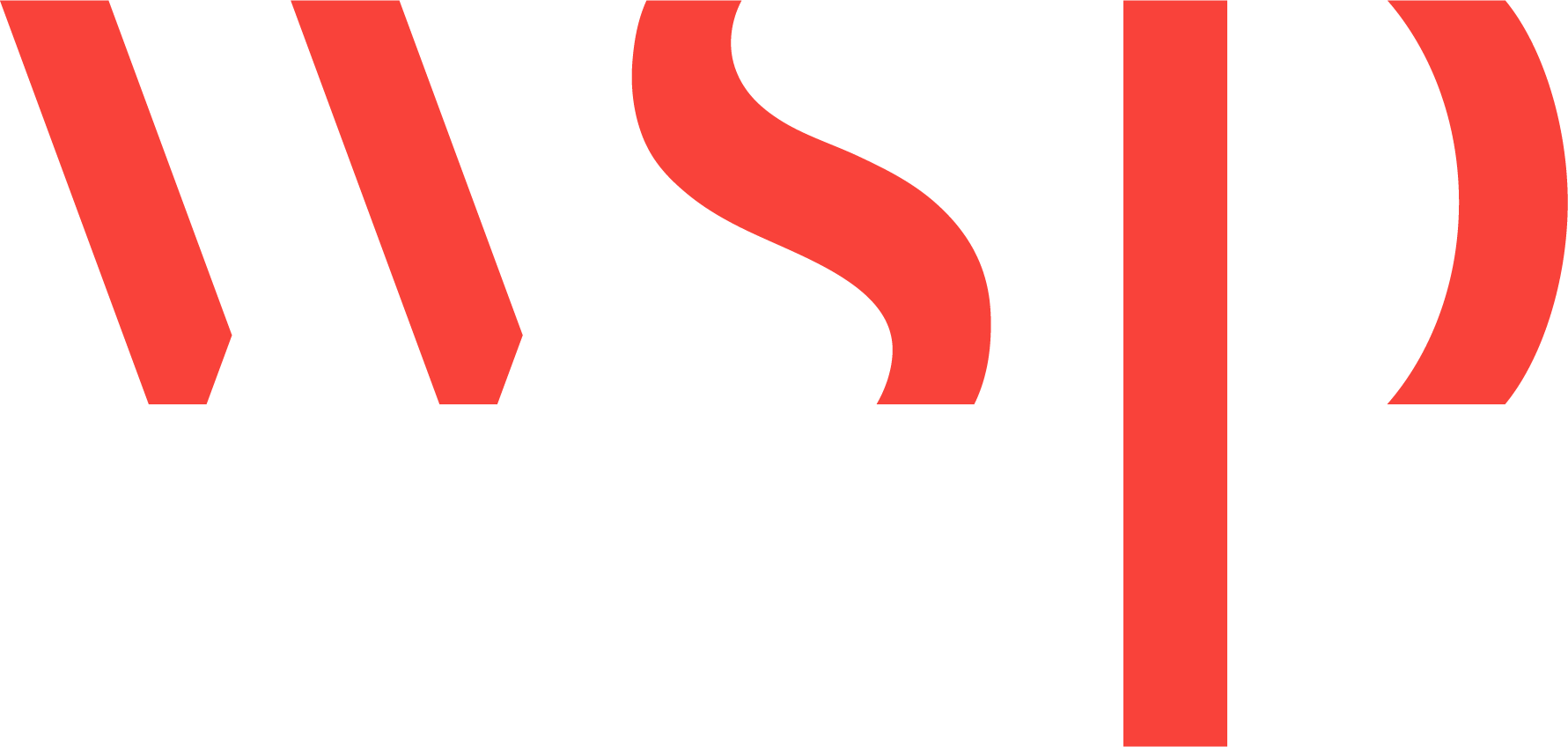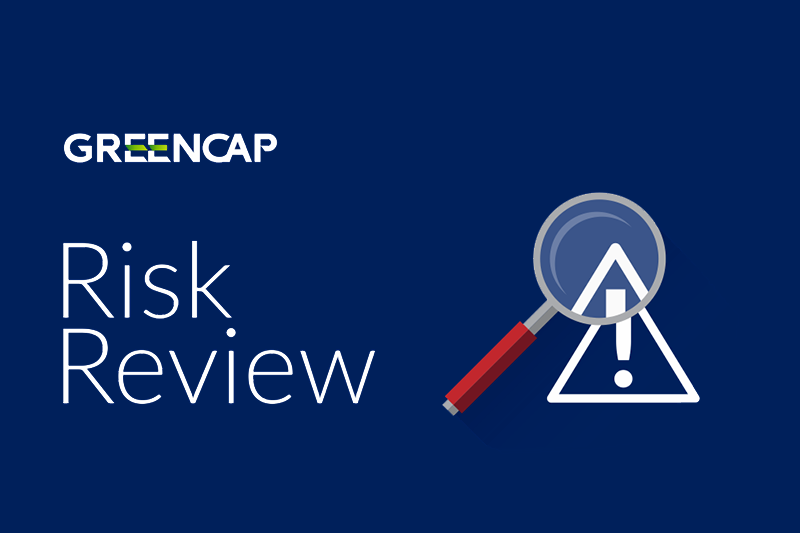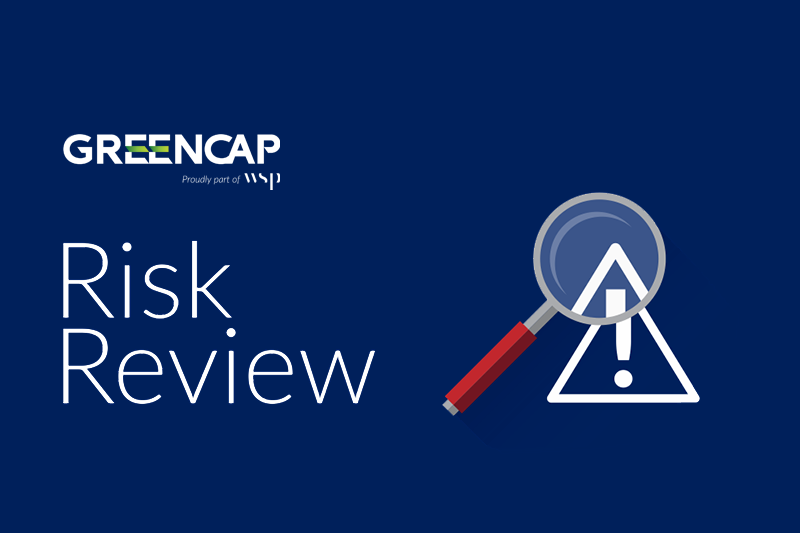Fit Testing Respiratory Protective Equipment (RPE)
Greencap is now part of WSP
Australian WHS/OHS legislation prescribes that a person conducting a business or undertaking at a workplace must ensure that no person at the workplace is exposed to a substance or mixture in an airborne concentration that exceeds the exposure standard for the substance or mixture. This includes biological contaminants such as COVID-19.
To support these requirements, Greencap’s experienced team of Occupational Hygienists and Health & Safety specialists provide assessment services to clients across all industries in relation to airborne contaminants. Greencap can also provide assistance to organisations in understanding the broad range of potential contaminants in the workplace, including implementing risk management strategies for mitigating potential exposure to COVID-19.
An important aspect to the control of risks associated with airborne contaminants across varying industry sectors, such as Health, Construction, and Government, is the selection, provision and Fit-Testing of Respiratory Protective Equipment (RPE), including the training of workers in the correct use, cleaning and maintenance of such equipment.
![]()
Online Bookings Available in Victoria
Online bookings for RPE Fit Testing are now available in Victoria. Reserve your time for testing held at Greencap's Kew East location.
Selection of RPE
There are a number of important factors to consider when selecting RPE, including:
- The contaminant/s workers may be exposed to (i.e. nature, toxicity, form and concentration)
- The tasks that workers perform (i.e. frequency and length of use, work environment, mobility)
- The characteristics of the worker (i.e. physiological considerations, facial features)
- Any limitations of the RPE supplied (i.e. vision, communication, mobility)
- Any medical conditions of workers that may impact the RPE effectiveness
Each of these factors are mutually inclusive and, as such, each must be given due consideration to ensure effective respiratory protection.
Types of Respirators
There are two main types of respirators:
- Air-Purifying Respirators are either powered or non-powered, disposable or reusable, and protect the wearer by using a filter that purifies the air being breathed
- Powered air-purifying repirators use a powered fan to draw air through the filter
- Non-powered repirators draw air through the filter simply via the breathing rhythm of the wearer
- Supplied-Air Respirators provide clean air to the wearer via an external independent source, such as a compressed air cylinder or air compressor
Fit-Testing
As every worker has varying facial features such as size and shape, it is important to determine if the RPE being provided fits correctly and is suitable for each worker.
To achieve this, a Fit-Test should be carried out to identify if any airborne contaminants have the potential to leak into the respirator through gaps in the seal between the respirator facepiece and face.
There are two recognised methods for achieving this:
- Qualitative Fit Testing is easily performed, but is also subjective and relies on the worker's ability to taste or smell a test agent
- Quantitative Fit Testing is conducted using specialised equipment that measures the volume of test contaminant that leaks into the respirator
Fit-Testing Requirements
The proper fitting of RPE requires the application of a suitable Fit-Test method to determine an adequate match between the facepiece of the RPE and the face of the wearer.
Australian and New Zealand Standard – AS/NZS 1715:2009 Selection, Use and Maintenance of Respiratory Protective Equipment, Respiratory Fit Testing in Australia states fit-testing should be conducted:
- Initially when the RPE is first issued
- At least annually
- Whenever there is a change in the facial characteristics of the wearer, for example:
- Considerable change in weight, i.e. gain or loss
- Loss of teeth or dental work
- Change in cheek and/or nose structure
It is also important to ensure that RPE is checked for fit before each use.
A written record of Fit Tests carried out should be kept for each worker, including:
- Type of test performed
- Make, model, style and size of respirators tested
- Date of the test
- Result of the test
Tailored Respirator Fit-Testing Programs
It is not safe to simply assume that RPE provided to workers provides appropriate control and there are many factors that impact its effectiveness, with appropriate ‘fit’ being just one.
Greencap can tailor a Respirator Fit-Testing Program to assist our clients in understanding the effectiveness of RPE provided to workers. This is achieved by measuring the efficiency of RPE (utilising Greencap's PortaCount® machines) in preventing atmospheric contaminants from entering a worker's breathing zone.
Frequently Asked Questions
What is fit testing for respirators?
It is the process of ensuring that any respiratory protection forms a complete seal with the face and is appropriate for the airborne hazards identified. It does not allow any ingress of air around the mask, ensuring that all breathing happens through the filter.
How often is fit testing required?
Fit testing is required annually, and if the individual is issued with a new respirator. Each different type of respiratory protection provided to the worked must be fit tested.
What is the respirator fit testing process?
There are two processes to fit testing:
- The quantitative method is the gold standard. In this method, the mask is put on the person being fitted, and this is connected to a machine that can measure there is no atmospheric air escaping into the mask.
- The qualitative method requires the individual to put the mask on, and releases a strong smelling chemical into the air. The fit-tester will then ask if they can smell or taste the chemical whilst carrying out simple movements, checking if this breaks the seal of the respirator.
What is a Respiratory Protection Program?
An RPP provides a wholistic program for the workforce in which the known hazards encountered are identified, fit testing of the appropriate respirators provided, and training on the safe management usage and maintenance of this critical safety gear.
Industry News
Risk Review
News
Mid-Coast Outreach & Greencap - Helping to keep communities safe and supported
Risk Review
The Asbestos Register – A cornerstone for managing asbestos
Greencap acknowledges the Traditional Owners of Country throughout Australia and recognises their continuing connection to land, waters and culture. We pay our respects to their Elders past, present and emerging.




